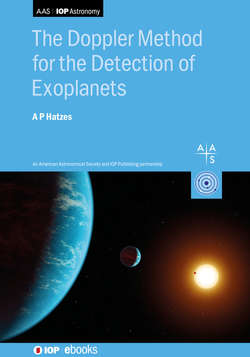Читать книгу The Doppler Method for the Detection of Exoplanets - Professor Artie Hatzes - Страница 37
На сайте Литреса книга снята с продажи.
2.3.10 Fringing
ОглавлениеFringing is another problem with CCDs that is caused by the small thickness of the CCD. It occurs because of the interference between the incident light and the light that is internally reflected at the interfaces of the CCD. Figure 2.22 shows a spectrum of a white-light source taken with an echelle spectrograph (see below). Red wavelengths are at the lower part of the figure where one can clearly see the fringe pattern. This pattern is not present in the orders at the top, which are at blue wavelengths.
Figure 2.22. Fringing in a CCD. The exposure is of a white-light source taken with an echelle spectrograph. Blue orders (≈5000 Å) are at the top, and red orders (≈7000 Å) are at the bottom. Fringing becomes more pronounced at longer wavelengths.
CCD fringing is mostly a problem at wavelengths longer than about 6500 Å. For RV measurements made with the iodine technique (Chapter 6), this is generally not a concern because these cover the wavelength range 5000–6000 Å. However, the simultaneous Th–Ar method (Chapter 4) can be extended to longer wavelengths where improper fringe removal may be an issue.
In principle, the pixel-to-pixel variations of the CCD and the fringe pattern should be removed by the flat-field process, but again, this may not be perfect, and this can introduce RV errors.
